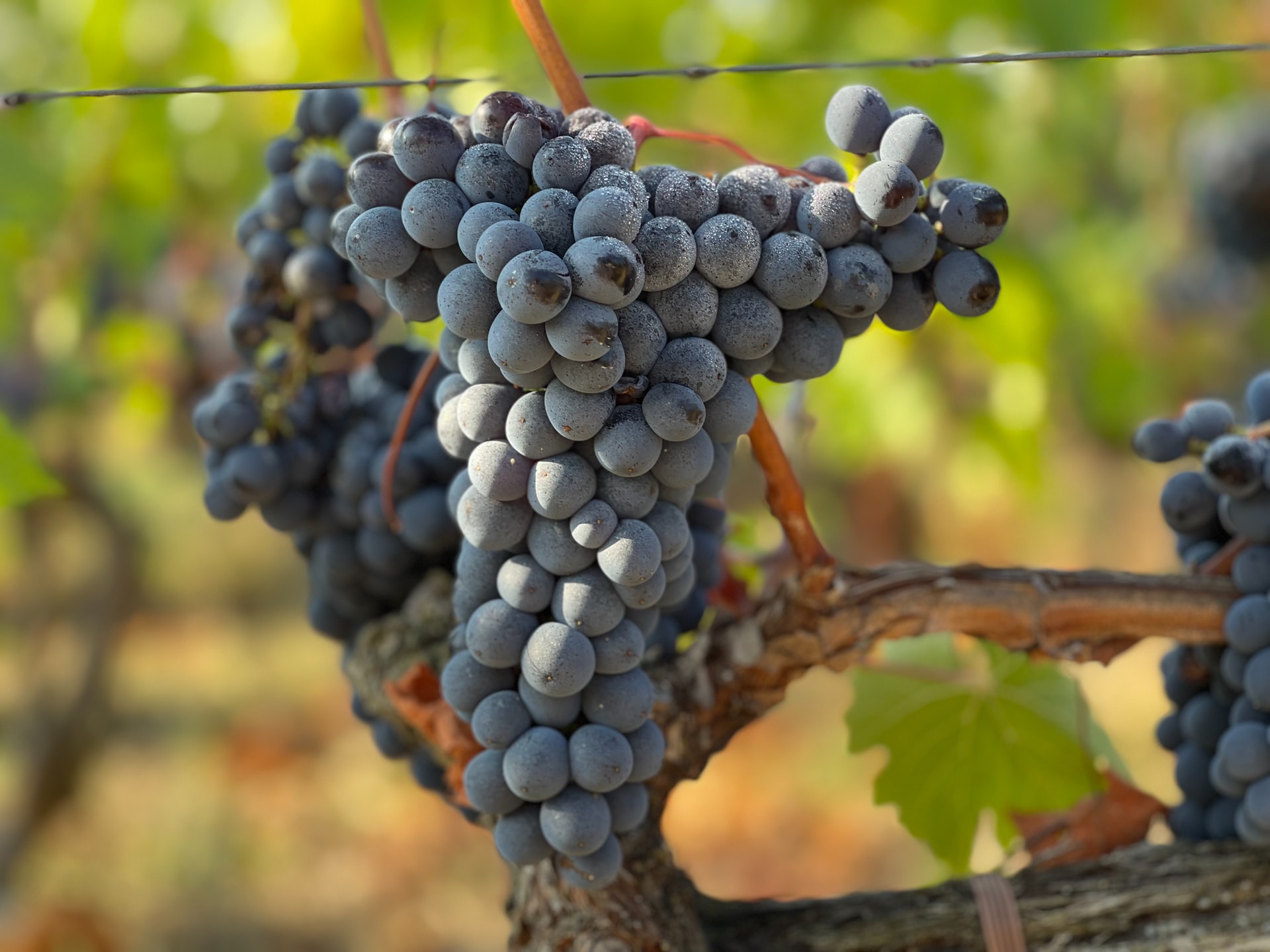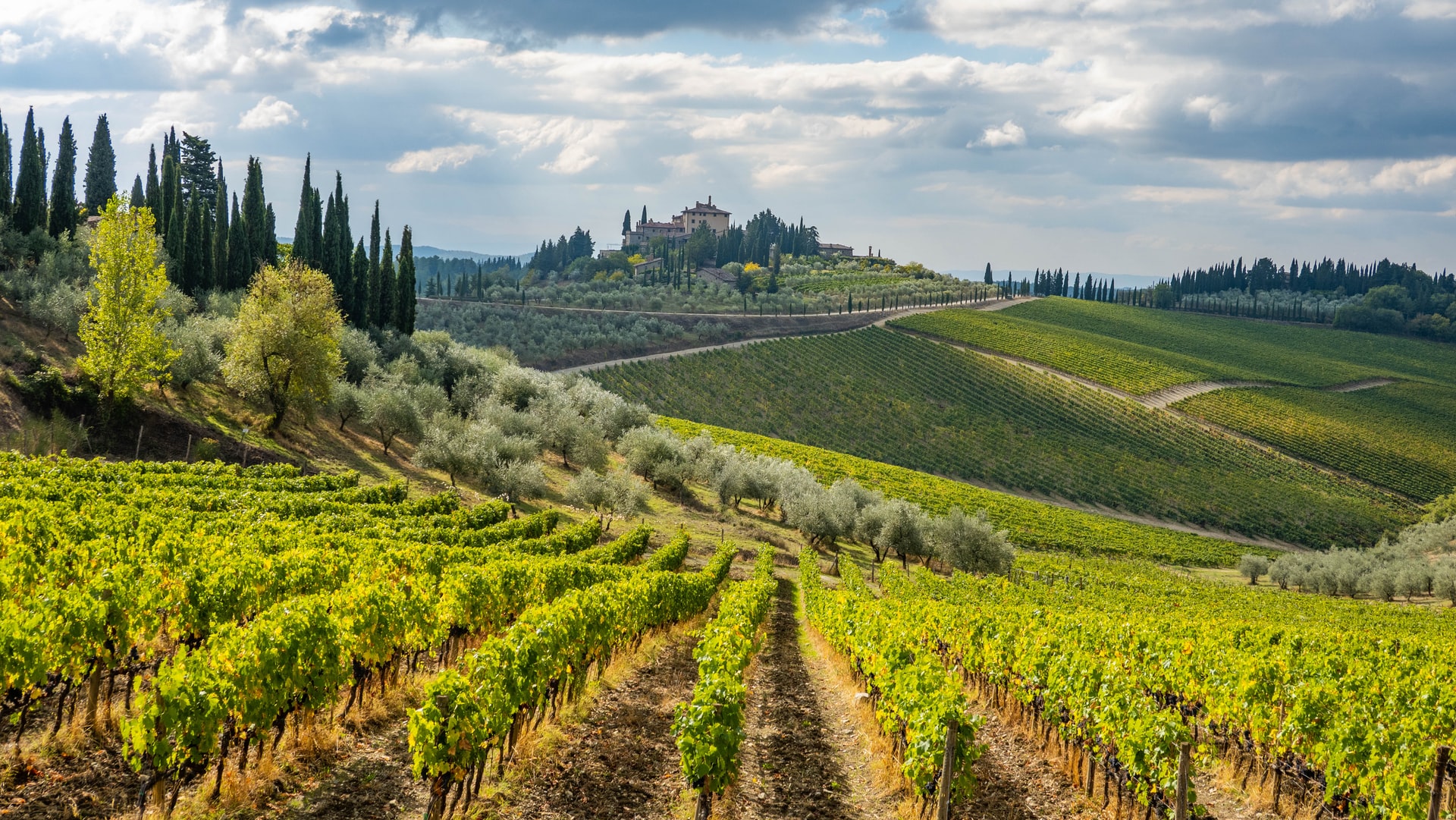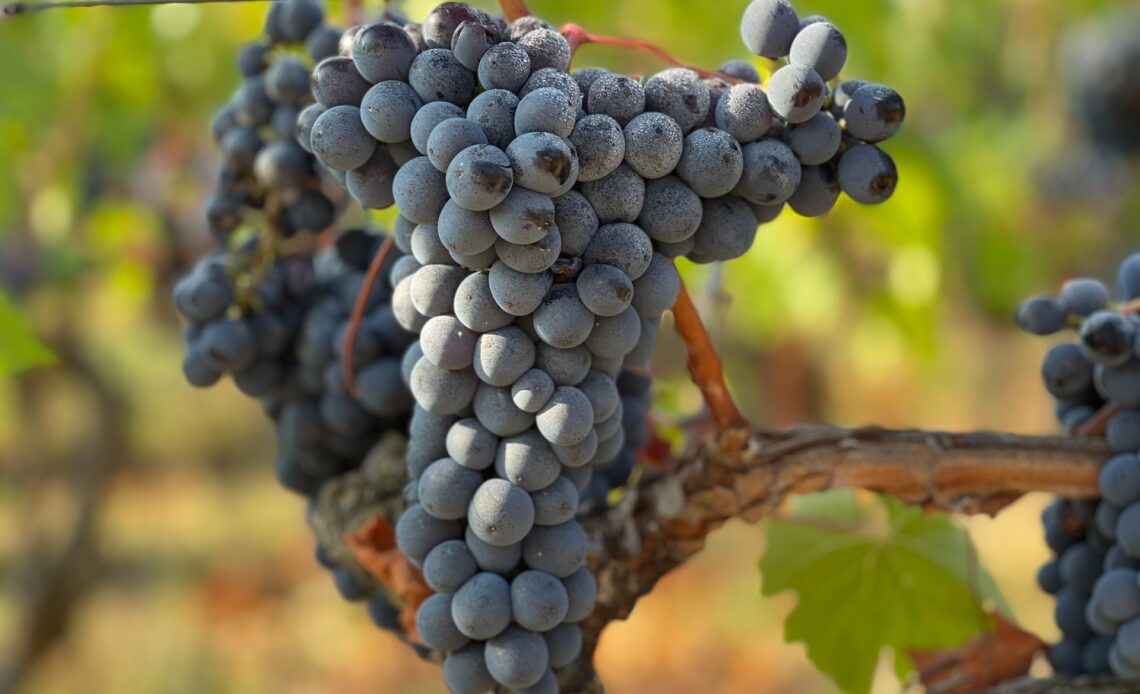In Armenia in 6,000 BC and Iran in 5,000 BC, the first proof of wine production was unearthed. The oldest winery in the world discovered to date is in Armenia, dating back to around 4,100 BC.
At the site, vines and vinifera seeds were uncovered, as well as an antique Armenian wine press, cups, jars, and fermentation vats.
Inside a 4,000-year-old citadel that spans back into the Canaanite era, archaeologists in Israel recently unearthed a stockpile of grape seeds and wine jars.

On the other hand, these wineries have long since stopped making their ancient wines. Here’s a list of eight of the world’s oldest vineyards that still operate today, with many having a Medieval background.
World’s Oldest Wineries
1. Château de Goulaine, France
The oldest working vineyard in France is built inside a castle, dating back to the 12th century during the Middle Ages. Starting with Jean de Goulaine, it’s the first of the Goulaine series of marquesses.
The château, made of Tuffeau stone, remained in the Goulaine family’s possession except for a brief 69-year period between 1788 and 1857.
It’s the Loire Valley’s earliest castle and received its current Italian Renaissance style of architecture in the 15th century when the heir chose to give it a makeover.
It has been making wines for over a thousand years and is now the producer of Château de Goulaine Sur Lie, a rich and creamy, fruity white wine from the Muscadet Sèvre et Maine région.
It also produces wines such as Sancerre and Vouvray. The château is surrounded by vineyards, farms, and forested regions, adding to its status as a winemaking landmark.
In 2000, the Loire Valley was recognized as a UNESCO World Heritage Site.

2. Barone Ricasoli, Italy
Barone Ricasoli is Italy’s oldest active winery and one of the oldest wineries in the world. Its scenic location is in Gaiole in Chianti, a community in the Chianti Classico province of the Tuscany area.
Since 1141, when Barone Ricasoli founded his namesake label, winemaking has been linked to the history of the Brolio Castle, which contains the winery.
Later in the 17th century, the wines continued to be shipped to Amsterdam and England. By the start of the 20th century, they were sent to markets worldwide, such as Saudi Arabia, China, Costa Rica, South Africa, and Guatemala.
Chianti wine is probably the most…
Click Here to Read the Full Original Article at GoBackpacking…
